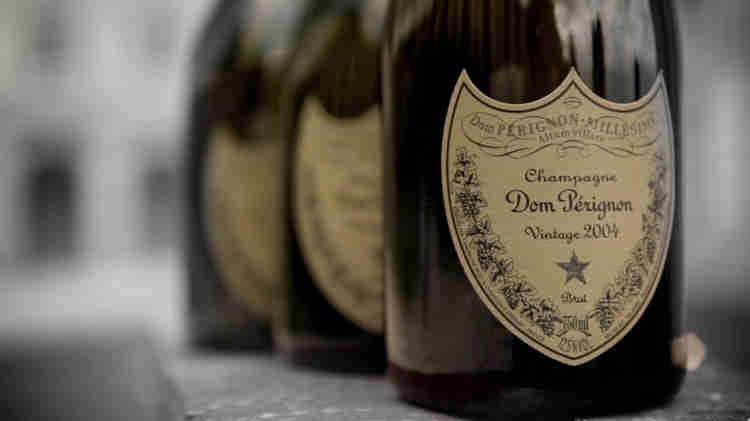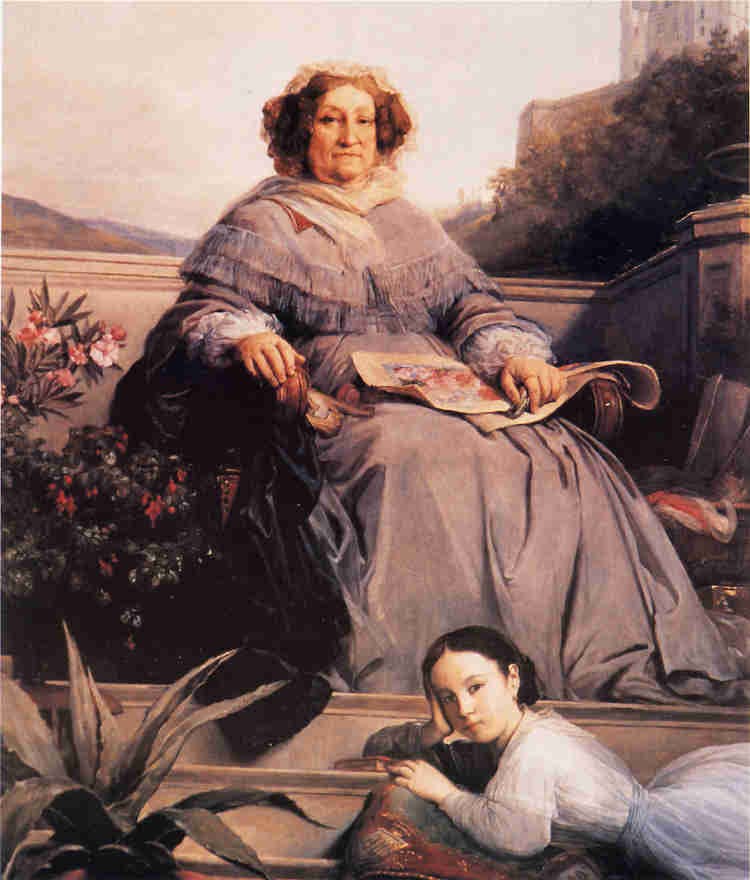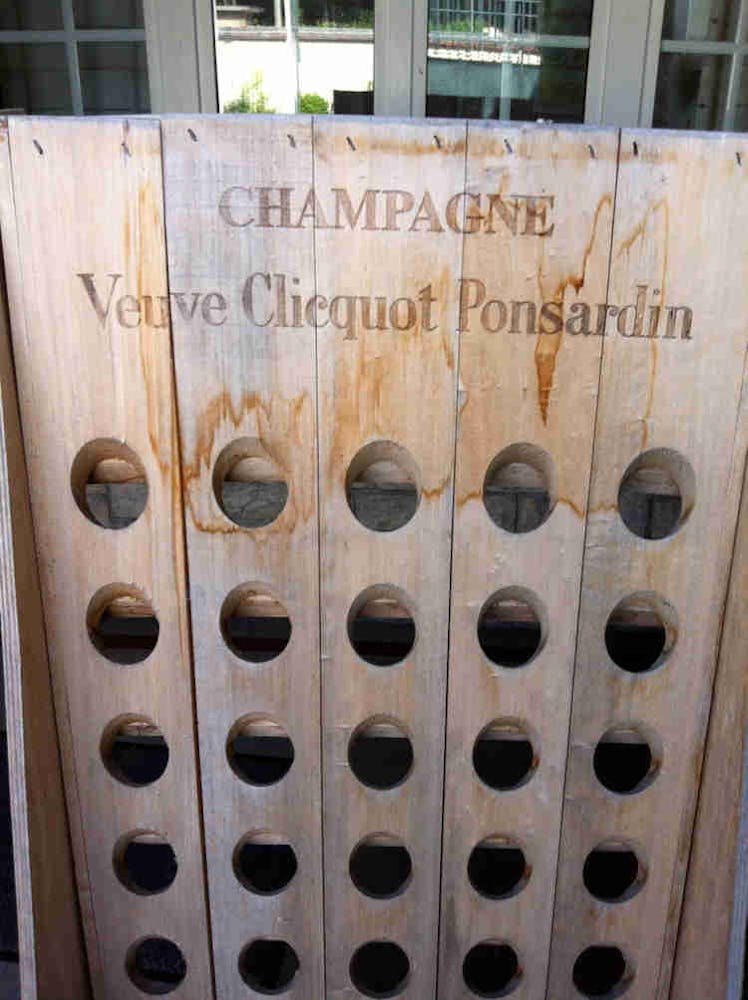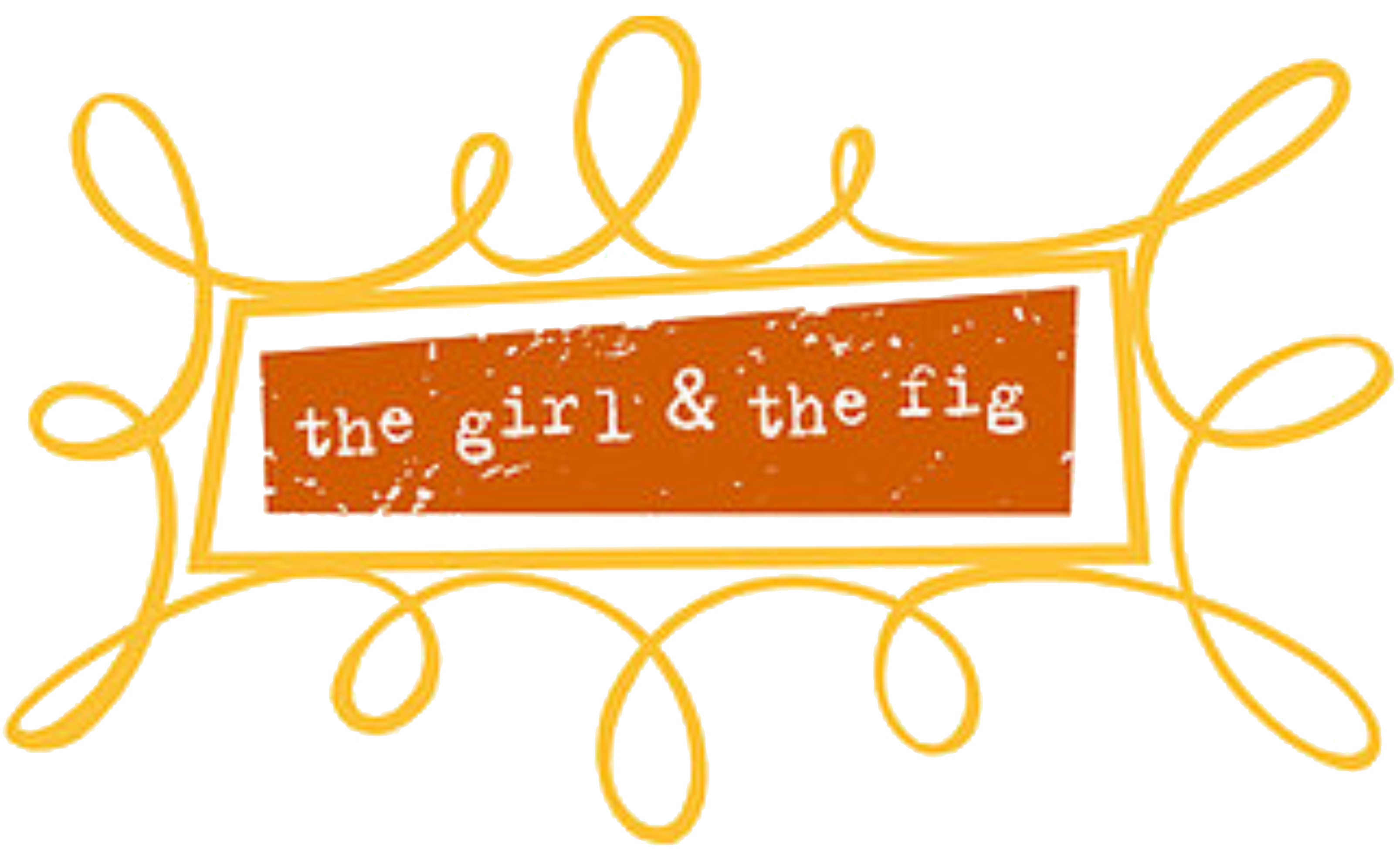Wine Wednesday - Ode to Valentines Day

Sparkling wine, like many of the great things in life, was invented by mistake. Sparkling wine is called by many different names depending on where it comes from – Cava, Prosecco, Asti, Champagne. While there are several beliefs about how the ‘invention’ of sparkling wine happened, the true origin is somewhat of a mystery in the wine world.
You may have heard the story about Dom Pérignon opening a bottle of what he thought to be wine, finding it had become a sparkling wine and proclaiming “Come quickly, I am drinking the stars!” In reality, Dom Pérignon (1638 – 1715) was attempting to make a fine French wine and these ‘bubbles’ were not only an accident, but also quite troublesome. The phenomenon was a result of the cool winters in the Champagne region.

The yeast in the wine would go dormant when the weather cooled off in the autumn, and then, in the spring, with the rising temperatures, the wine would start fermenting again (also known as secondary fermentation). Since fermentation produces carbon dioxide gas and the gas is trapped in the bottle, it results in fizzy wine…and the flimsy ‘corks’ of the day would be pushed out of the bottles, or worse yet, the bottles would explode. The thick, sturdy glass and modern-day corks did not exist back in the 1600, which meant countless bursting bottles. Often, one bottle succumbing to the pressure of the carbon dioxide gas, would create a domino effect on the nearby bottles and a large portion of the cellars would go to waste. As you can imagine, this was a problem for Pérignon.

Meanwhile, the English were buying wine from the French and having it shipped either already in bottles or by barrels, and then bottling it in England.
English physician and scientist, Christopher Merret (1614 – 1695), seems to be due some credit for modern-day champagne, although he may have just been documenting the techniques. He was the first to write about the deliberate addition of sugar for the production of sparkling wine. He also produced the first lists of British birds and butterflies (a multi-talented man!). The truth is, Merret, seemed more interested in the glass bottle-making than the wine-making, which, in fact, may be one of the biggest factors in champagne, as we know it, existing today. (If it weren’t for the strong bottles and corks, they would still be bursting during the secondary fermentation!)
In the early 17th century, a man by the name of Sir Robert Mansell obtained a monopoly on glass production in England and industrialized the process. His coal-powered factories in Newcastle upon Tyne produced much stronger bottles than were available in France’s wood-burning glass-making facilities. Contradicting information says that a different Englishman, Kenelm Digby, is the father of the modern wine bottle. During the 1630s, Digby owned a glassworks company and manufactured wine bottles that were globular in shape with a high, tapered neck, a collar, and a punt. (source)

In 1662, Christopher Merret presented Some Observations concerning the Ordering of Wines to the Royal Society, where he described winemakers adding quantities of sugar and molasses to make the wines drink brisk and sparkling. Today this is called méthode champenoise (source).

Another notable contributor to the modern-day process is Madame Clicquot, (née Barbe-Nicole Ponsardin and referred to as veuve Clicquot – veuve means widow in French) who was the first woman to run a a champagne house after her husband, François Clicquot, died in 1805. Madame Clicquot invented the riddling rack, which made the process of dégorgement both more efficient and economic. Clicquot’s advance involved systematically collecting the spent yeast and sediments left from the wine’s secondary fermentation in the bottle’s neck by using a specialized rack. Built from Clicquot’s dining room table with holes in it, the rack allowed a bottle of wine to be stuck sur point or upside down. Every day a cellar assistant would gently shake and twist (remuage) the bottle to encourage wine solids to settle to the bottom. When this was completed. the cork was carefully removed, the sediments ejected, and a small replacement dose of sweetened wine added. (source)

Even before the 1600s though, there are references to sparkling wine – in the Languedoc region of Southern France by monks. There are even Biblical references to it.
My guess is that “champagne,” as we know it today, found wine makers (by accident) many times throughout history, but it only began to be documented in the 1600s with Merret and Perignon, who were making advances and discoveries around the same time. With the improvement in glass bottle-making by the English, sparkling wine was finally able to be captured, and thus, perfected over the coming centuries.
Maybe more than you wanted to know as you pop the bottle and toast your loved one a happy valentines day - but it certainly is interesting! Happy Valentines Day!
